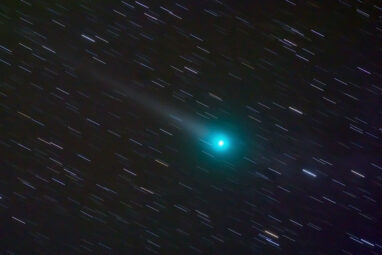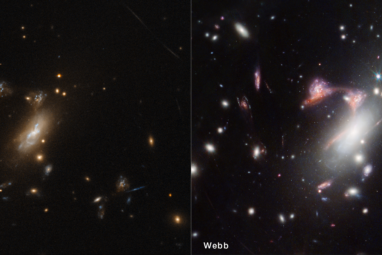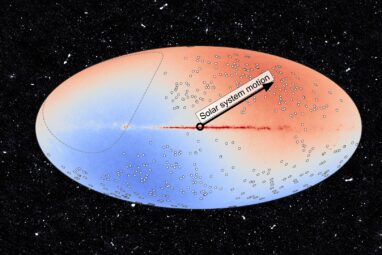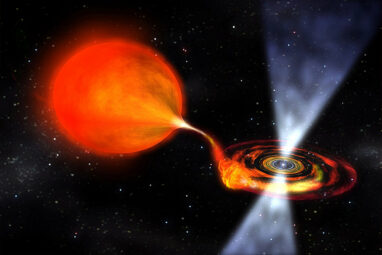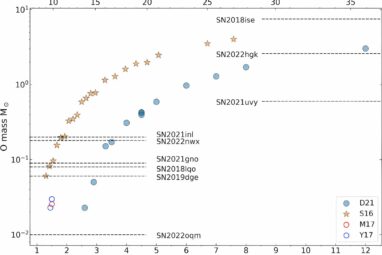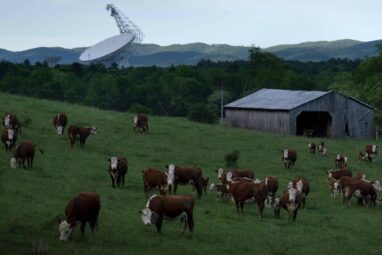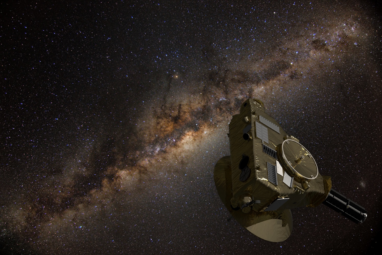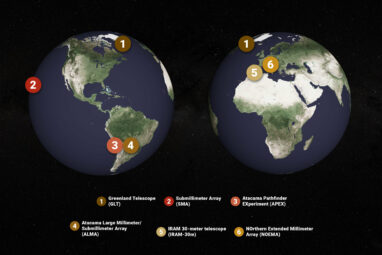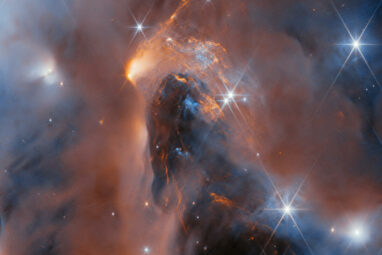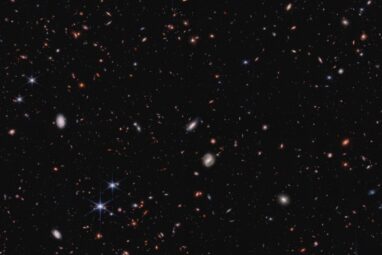A small asteroid discovered on Wednesday harmlessly burned up in Earth’s atmosphere the same day, NASA said. The asteroid—about 3...
It’s 7 billion years ago, and the universe’s heyday of star formation is beginning to slow. What might our Milky...
What’s the difference between an asteroid and a comet? A comet is basically a dirty iceball composed of rock and...
Using MeerKAT data, an international team including astronomers from MPIfR (Bonn, Germany) has compiled the largest catalog of radio sources...
Symbiotic binary stars are a type of binary star system that consists of a compact star (such as a white...
New research helps in understanding the evolution and final stages of massive stars, the role of binary interactions, and the...
Nestled between mountains in a secluded corner of West Virginia, a giant awakens: the Green Bank Telescope begins its nightly...
Astronomers have spotted a pair of galaxies in the act of merging 12.8 billion years ago. The characteristics of these...
Just how dark is deep space? Astronomers may have finally answered this long-standing question by tapping into the capabilities and...
The Event Horizon Telescope (EHT) Collaboration has conducted test observations achieving the highest resolution ever obtained from the surface of...
The James Webb Space Telescope has spotted six likely rogue worlds—objects with planetlike masses but untethered from any star’s gravity—including...
When astronomers got their first glimpses of galaxies in the early universe from NASA’s James Webb Space Telescope, they were...
